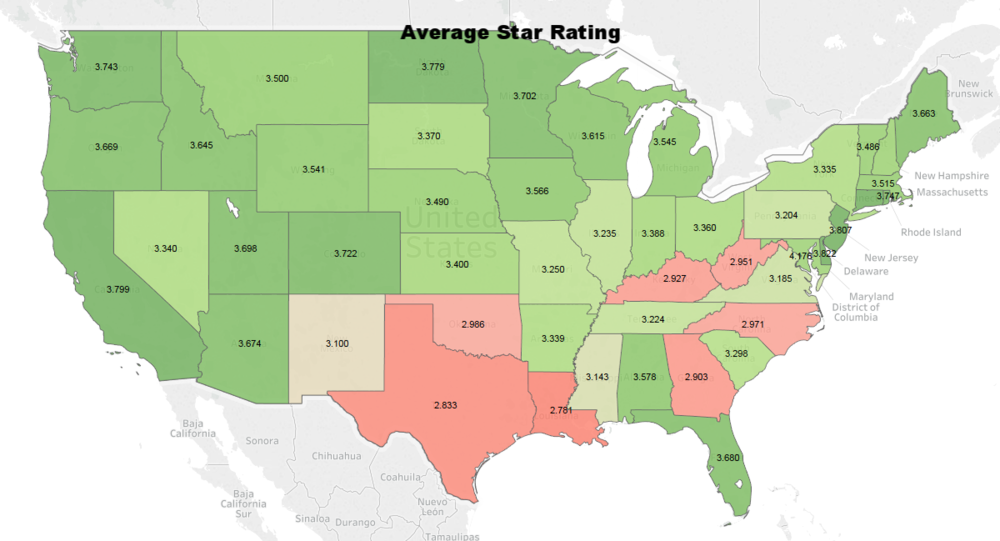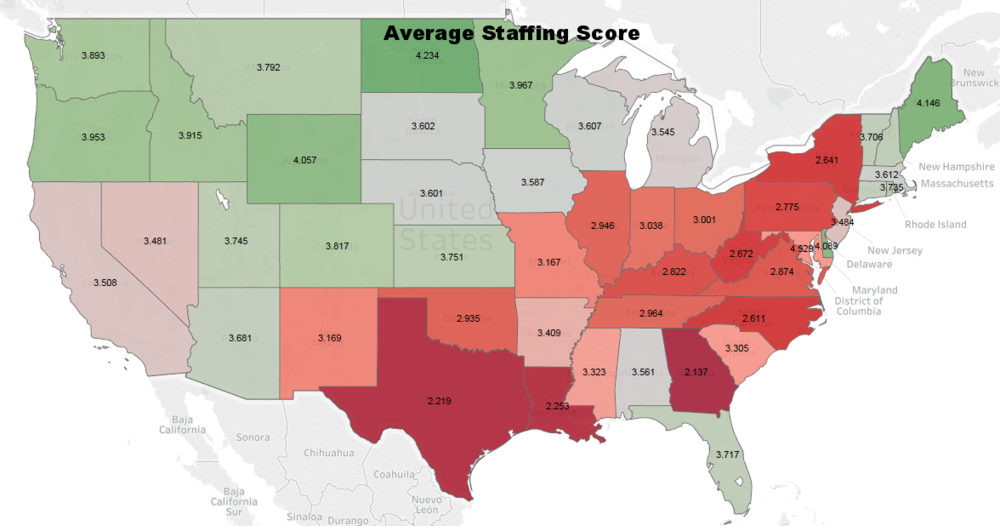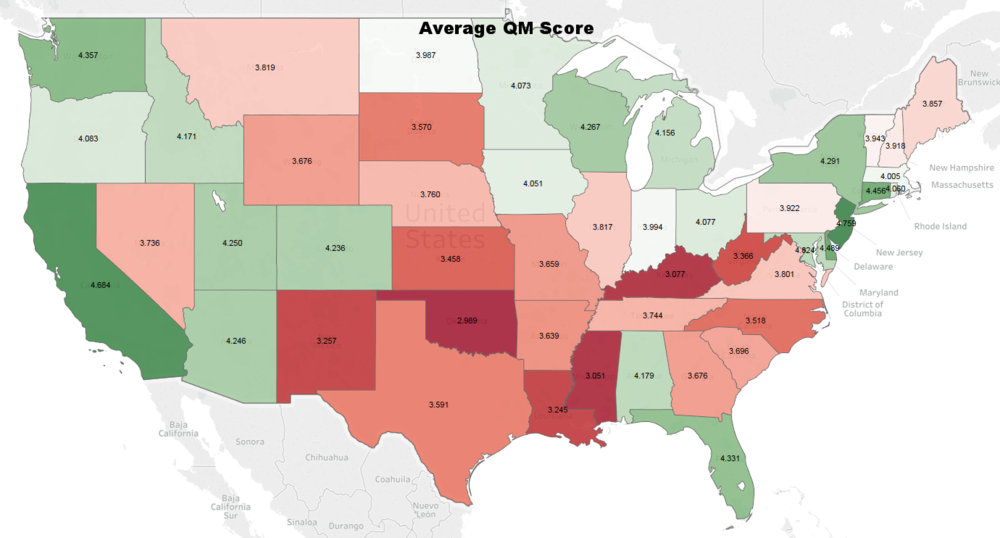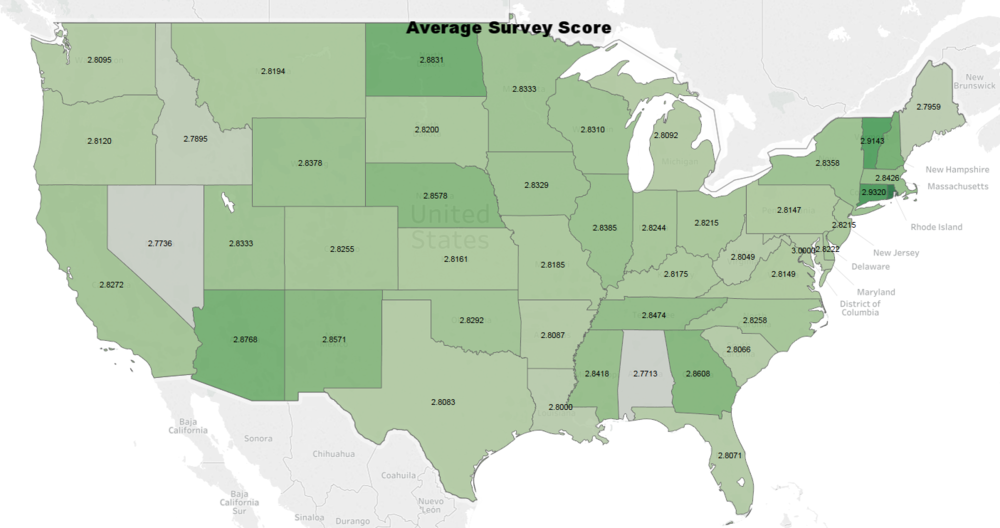Star Ratings
Let’s talk about star ratings. I know a lot of people in skilled nursing tell me they don’t like star ratings. Most say the star ratings are flawed and can be misleading.
I agree that star ratings aren’t perfect, but they aren’t designed for skilled nursing insiders; they are designed to help people with limited knowledge compare nursing homes. Regardless of any flaws, the system is simple and intuitive because we’re used to star ratings systems for things like hotels and restaurants.
The system is also effective because most people would have a hard time putting mom or dad into a one-star facility. THAT is the simple beauty of the star rating system. The underlying scoring system can always be tweaked to drive facilities towards goals set by CMS.
Regardless of how we feel about the star system, it’s what we’ve got. We’ve got to learn to do the best we can with it. Let’s take a look at the current star ratings and see how facilities get 5 stars.
Let’s start with some statistics:
- There are 15647 skilled nursing facilities included in the star rating system.
- Nearly 30% have 5 star ratings
- Only 12% have only 1 star
See table and histogram below. Click the histogram to enlarge.
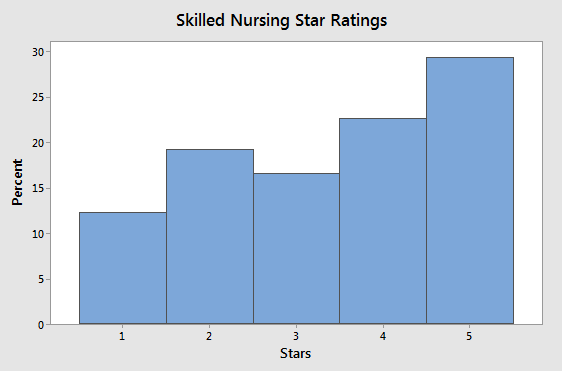
| Stars | Count | Percent |
| 5 | 4391 | 29.4% |
| 4 | 3381 | 22.6% |
| 3 | 2468 | 16.5% |
| 2 | 2866 | 19.2% |
| 1 | 1839 | 12.3% |
How it works
There are basically 3 components to the star rating system: Health Inspections, Staffing and Quality Measures (QM). (Being a special focus facility also plays a role, but we’ll ignore that as a special and hopefully rare case.)
The Health Inspection rating is the main driver for the star rating. If you get a score of 5 on the health inspection and don’t score a 1 on either the Staffing or Quality ratings, you get a five star rating.
If you don’t get a 5 on your health inspection rating, you can get bonus stars based on your Staffing and Quality Measure scores. If either your staffing score is a 4 or 5 or your QM is a 5 your get a bonus star for each. You can get a maximum of 5 stars and a minimum or 1 star.
The diagram below shows all the different paths to a star rating. The plus sign after either Staff or Quality means a bonus star and a minus sign means a star was removed. Place your mouse over a path to see the number of facilities. (This data came from the Nursing Home Compare datasets.)
You can see that most facilities that achieve a five-star rating get both the staff and QM bonuses (2455 facilities). A large number of facilities also manage a 5 star rating by only getting the QM bonus star (1058 facilities). Very few facilities manage a 5 star rating without the QM bonus star.
In fact, you are more likely to end up with a 2 or 3 star rating than a 5 star rating if you get the staffing bonus star and not the QM bonus.
Getting a 5 star rating based solely on your health inspection with no help from staffing or QM can be done, but not often. Only 213 facilities managed that.
The path to one star most often involves negative stars from staff or QM ratings and occasionally from both.
Other Indicators
- For-Profit homes have lower average star ratings than Non-Profits. The average star rating for a for-profit nursing home is 3.19 versus 3.87 for Non-Profits. The difference wasn’t just due to staffing scores either. Health inspections and QM were lower as well.
- Government run homes score lowest on Quality Measures. The average QM score for a government run home is 3.72 versus 3.93 and 4.10 for For-Profits and Non-Profits respectively.
- Some states in the southeast have lower average star ratings. (click map to enlarge) One of the drivers for this is staffing. States in the south and along the Appalachians have lower staffing scores. (Click on images to enlarge)
- For-profit homes owned by individuals score lower on overall star rating when compared to for-profits owned by a corporation. For-profit partnerships and corporations edge out individually owned for-profits in quality ratings.
- Church related non-profits have slightly higher star ratings than some types of non-profits that are not owned by a corporation.

